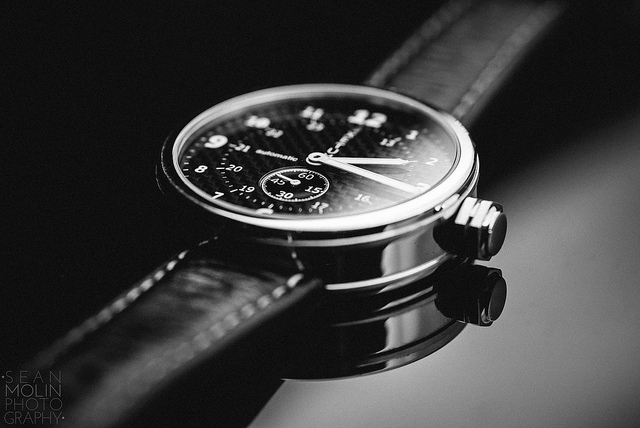Wearables could improve health monitoring and safety, but issues like battery life, transparency and simplicity need to be resolved.
It's hard to imagine that Humphrey Bogart became one of the fashion setters of his time by wearing a wristwatch in his films. That made pocket watches a novelty. Since then, wristwatches have been a cool men's accessory. There were glow-in-the dark watches -- until radium was discovered to be dangerous. Other styles have added lunar phases, chronographs, timers and alarms, and don’t forget the trendy but forgotten 1970 Pulsar red LED watch.
Now, is the wristwatch at risk of being replaced by new wearables? The real question in my mind from a risk management perspective relates to our personal habits vs. technological advances. Historically, relying on technology alone to change behavior has been more hope than strategy. People like style, convenience, comfort and practicality, and many old habits are hard to change. How many devices do I need to wear? Will a wearable ever truly be a personal protective device (PPD) in the workplace?
Gadgets like Fitbit or Nike Fuelband do specific health-monitoring tasks that have a cool factor, joining yoga pants and headbands. Well, maybe not headbands anymore, but I'm an Olivia Newton-John fan. Anyway, for my daily walks, I use an app on my iPhone that seems to do very well in tracking my steps.
The real holy grail of wearables would be a simple device that could monitor your blood pressure 24/7 and communicate to you and your medical provider. Now, joining the battle for your wrist, the Apple watch (around $350-plus) is poised for release in April. A companion device with your iPhone, these colorful wrist devices strive to pack all of your wearable potential into one Dick Tracy-like, walkie-talkie-style statement with three colorful base models. Similarly, Android Wear is in the works, with as many as 15 devices packing Google’s wearable tech system anticipated to hit the market by the end of 2015.
Apple admits that users are going to wind up charging the watch daily but has declined to go into specifics. A watch runs on a small battery for a year or more.
Wearables are about to explode into an array of novel, single-function devices. The big question in my mind is something the designers of wearable tech seem to have forgotten: Does the item in question solve a need or make life easier for its user? The fact is that most wrist devices do nothing more complex than that already done on a smart phone.
Look at what happened with Google Glass in 2013 -2015. This $1,500 gizmo fizzled in the social scene although commercial uses, including in medicine, firefighting and manufacturing, seem promising. Besides its nerdiness, Google Glass lost because of legal and privacy issues. The real killer in my mind was when users were dubbed “glassholes.” Google is retooling that invention for another shot at it down the road.
Perhaps the biggest obstacle standing in the way of wearables is complexity. There may very well come a day when people are decked out from head to toe in technology, but it’s not going to happen unless it’s nearly invisible technology. Consumers don't buy gadgets, as much as they buy experiences. They buy access to content and services they desire. They buy brands that deliver style and status, social acceptance and recognition. Remember the 2001 invention, codenamed Ginger, that was destined to change the world of transportation? It’s called the Segway.
"Disruptive innovation," a term coined by a Harvard University professor, Clayton Christensen, describes a process by which a product or service takes root initially in simple applications at the bottom of the market and then relentlessly moves up-market, eventually displacing established competitors.
Wearables could bring dramatic improvement to health monitoring and safety and assistance, but issues like battery life, transparency and simplicity need to be solved before we can expect real disruptive change like the smart phone brought us.
Over half of the world's 7.2 billion people use mobile phones, with smartphone users growing to 2.5 billion in 2015. Besides communication and computing, think of the incredible photo and video capabilities smartphones bring to our planet's inhabitants.
What would more wearables give us?


